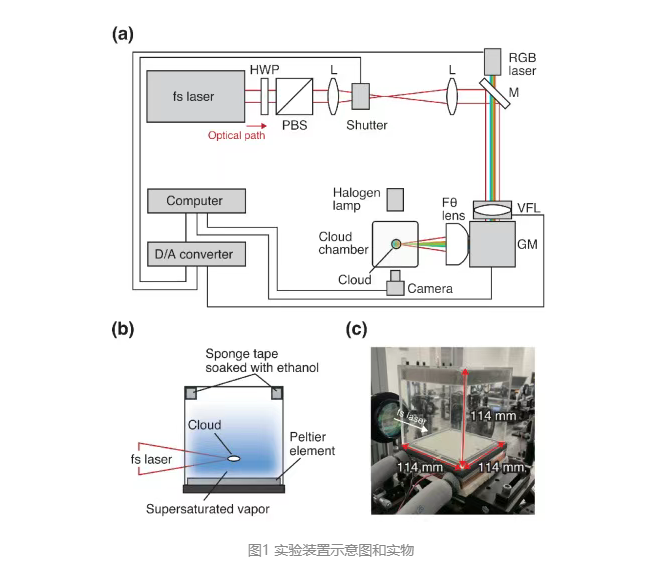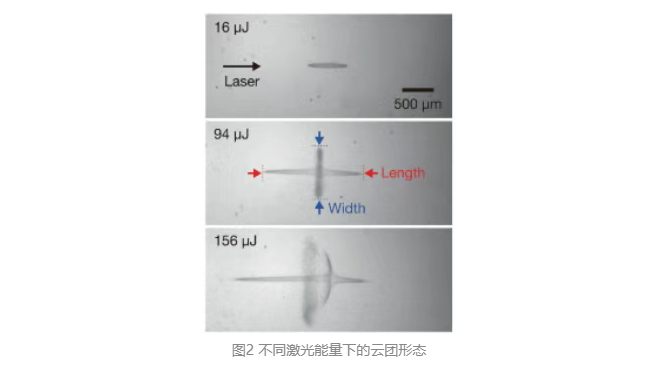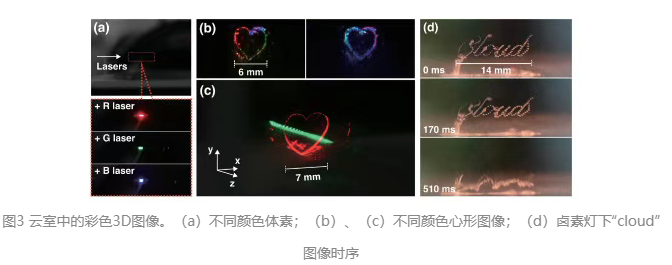25
2025
-
07
Full-color dynamic 3D display: The magical effect of laser-drawn "clouds"
Author:
Traditional display technology , Whether it's a mobile phone, television or LED large screen, what is presented is two-dimensional images . 3D Even movies, augmented reality, virtual reality and other technologies can create a three-dimensional illusion, they also rely on a flat medium; while holographic technology 3D images , although it can reconstruct in space it is difficult to achieve dynamic image display. In contrast, display technology based on light scattering points can 3D images make it appear in 。
reality space, like a science fiction scene, tangible and refreshable on demand However, early display research each has its limitations: fog screen display uses tiny droplets in the air as a projection medium, but it has low resolution and is easily affected by airflow; acoustic levitation display uses acoustic traps to fix particles, and then uses light to form images, but it is difficult to construct complex three-dimensional structures; although bubble display technology can generate three-dimensional shapes, the slow dissipation of bubbles prevents rapid refresh. These , technologies 3 ' common bottleneck lies in is the inability to simultaneously meet
3D image construction, color display and rapid refresh, three core needs. In the process of exploring breakthroughs, the research team at Utsunomiya University in Japan drew inspiration from “clouds”, and the proposed technology can simultaneously meet the above three needs; composed of tiny droplets of clouds have the ability to freely shape, can be 3D light dyed into any color, and can naturally dissipate, can be used as , display ideal 3D voxels. Based on this research team proposed a laser-induced condensation technology-based cloud display scheme that can images present in real space color, dynamic three-dimensional . Related research 。
3D is published 。 common bottleneck lies in 1 in Optica 800 nm under the title of 1 kHz "Volumetric cloud display" 34 fs The key to cloud display is to precisely control the generation, shape and color of the cloud 1 mJ The experimental setup is shown, the central wavelength of the femtosecond laser is , repetition rate , pulse duration , maximum pulse energy 。 The laser focal position can be adjusted by XY direction , scanning galvanometer ( GM )and 3 Z direction zoom lens( VFL 640 nm ) 520 nm rapid adjustment 450 nm control range up to direction zoom lens( The wavelength and intensity of the laser can arbitrarily change the position and color of the cloud, achieving 3 ' common bottleneck lies in rapid image construction and color display 。

common bottleneck lies in 1 , c ) is a specially designed cloud chamber by the research team, with a sponge soaked in anhydrous ethanol placed on the top and the bottom cooled to display 51℃ - ,with approximately 20℃ room temperature, forming a strong temperature gradient. The temperature difference causes volatilized ethanol vapor to cool at the bottom, forming a thickness of approximately supersaturated steam 10mm display color, — an unstable state that may condense into droplets at any time. The research team focused femtosecond lasers into the cloud chamber containing supersaturated vapor to produce cloud condensation nuclei, ” attracting ethanol molecules and aggregating to form tiny droplets, forming visible local clouds ,as shown in the figure More cleverly, the cloud's 2 life cycle 。

。Because the clouds composed of ethanol droplets are not permanent, under the action of temperature gradient and airflow, color, fog ” will gradually dissipate. This natural dissipation characteristic just solves the core need of "rapid refresh". When 3D light old cloud dissipates, new laser pulses can generate new clouds at any position without any clearing mechanism. Thanks to the device's fast scanning capability, combined with the persistence of vision effect of the human eye, the research team has achieved dynamic color image continuous presentation, as shown in the figure. Based on the cloud's dissipation 3 rate estimation, the refresh rate is approximately 0.76 Hz Based on laser-induced condensation technology, the research team 。

uses lasers as pens and fog as ink, in real space draws full-color, dynamic Although limited by the size of the supersaturated area and the laser repetition frequency, the display area and the number of voxels of this technology are limited 3 ' images 。 ,but in the future, the bottleneck can be broken through by optimizing the airflow in the cloud chamber, reducing cloud 团 voxel size, etc. This technology breaks through the limitations of traditional display technology being limited to planes and solves display construction, color display, and rapid refresh 3 ' etc. common bottleneck lies in is core problems, is expected to truly break boundaries and freely draw images in real space. light 边界,在真实空间中自由绘制3D图像。

